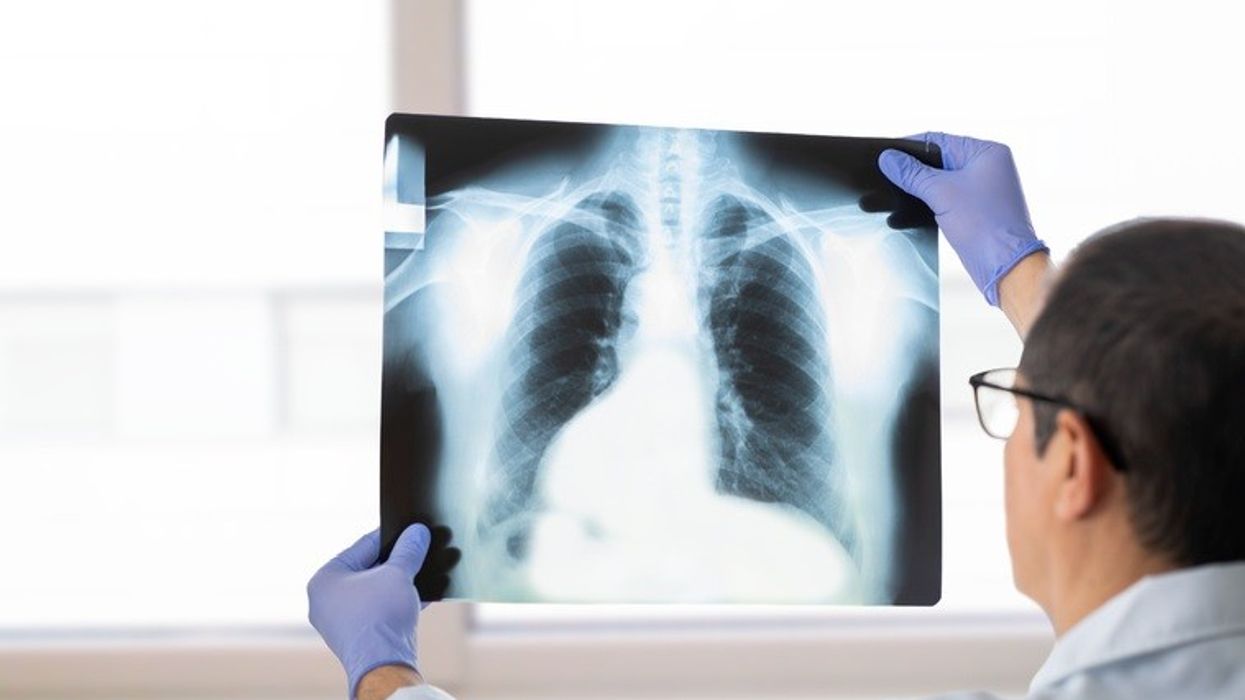LEICESTER has the secondhighest rate of tuberculosis (TB) of all council areas in the UK, the city’s director of public health has said.
While precise numbers were not given, Rob Howard told Leicester city council’s public health committee there had been “a couple of hundred cases” locally in the past 12 months.
Documents published ahead of the meeting showed that Leicester’s three-year average infection rate for 2020, 2021 and 2022 were significantly higher than the national average.
Over the three years, there was an average rate of 40 cases per 100,000 people locally, compared to fewer than 10 per 100,000 across the UK as a whole.
However, the rates have fallen since the early years of the 2000s, the documents also showed.
Nonetheless, the statistics were causing health chiefs “concern”, Howard said at the meeting last Tuesday (16), adding that “more work [was needed]” on the disease.
In the three-year period starting in 2001, the rates were just shy of 80 cases per 100,000 people in Leicester. That was compared to a rate of a little more than 10 per 100,000 nationally. The number has declined since then, but in recent years has seen a slight uplift.
The UK Health Security Agency, which monitors infectious diseases, said earlier this year that TB infections were now above pre-pandemic levels.
Cases had been falling since 2011, but progress to eliminate TB had now “stalled”, it added.
Drug-resistant TB – when the bacteria does not respond to two of the four main antibiotics used to treat it – is also a growing concern. However, the number of people with this form of TB has remained stable in recent years in England and Wales.
The council and its healthcare partners were now looking at its impact and working to “refresh” their action plan for tackling it, Howard told councillors. They are also examining why people delay seeking help for the illness, and why there is a stigma associated with TB, he said. He added the treatment was “long and difficult”, so the group was also considering ways to encourage more people to come forward for it.
The UK has done “a lot of analysis” into TB, Howard said. It showed that a lot of people with the illness “were born outside the UK”. However, many of them have been in this country “for quite some time” before becoming ill – more than 11 years in the majority of cases.
TB is the second leading infectious killer in the world, after Covid-19. It caused the deaths of 1.3 million people worldwide in 2022, according to the World Health Organisation (WHO).
In England and Wales, there were 182 deaths in 2022, up from 168 in 2021, but below pre-pandemic figures.
The illness can be spread by close contact with anyone who has TB. Symptoms include a chronic cough, fever, chills, loss of appetite, weight loss, fatigue, and coughing up blood.
People should see a GP if they have had a cough for more than three weeks, are tired and not sure why, have a high temperature or night sweats that do not go away, have lost weight without changing their diet or exercise routine, or if they have spent a lot of time with someone who has TB.
(Local Democracy Reporting Service)












